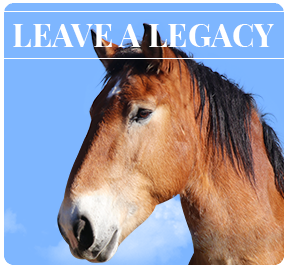by Neil Clarkson
Horsetalk
June 29, 2010
An Arizona horse rescue is doing its bit to help horses falling victim to the drugs trade between Mexico and the United States.
The animals are used as packhorses to carry marijuana across the border into the United States through terrain that, in many cases, is too tough for motorised traffic.
Horses who are no longer of use to the traffickers are set loose in the southern Arizona desert, with little chance of long-term survival.
Some of the abandoned animals lucky enough to be discovered by US border authorities have found salvation through the Desert Springs Equestrian Centre, near Tucson.
The centre has been taking in horses that are discards from the drugs trade and rehabilitating them in an effort to rehome them into a new life.
Beth Stahmer, a volunteer for Desert Springs, says the centre rehabilitated all kinds of horses, but its location meant there were drug-trade horses that came into its care.
Many were in appalling shape, with open sores and wounds from the many kilograms of drugs they were required to carry for long distances.
“Because the horses can get in and out of the terrain that vehicles can’t pass through, they [drug traffickers] walk them through the border,” she explains.
Once they are no longer of use, a cruel fate awaits them amid the scrub and brush of the parched desert.
“They are left out in the desert. They are left there to die,” Stahmer told Horsetalk.
At this time of the year the desert is brutally hot, she says.
Border patrols find the horses, either abandoned or sometimes even during a drugs bust in which the animals still have their loads.
Depending on their condition, the horses either come directly to the centre or, if in better condition, they go to public auction.
Some of the horses are bought at auction for as little as $US50, saved from a fate that would most likely see them trucked to slaughter in either Mexico or Canada.
Most of the drug packhorses had lived a difficult life. It could take months to properly earn the trust of the animals, she says.
“It takes months to get their weight up to a good body condition,” she says. Some of their deep wounds can likewise take months to heal properly.
Stahmer says the centre is fortunate to have the services of several trainers who are very knowledgeable and skilful in working with the horses.
She says the centre has taken 10-15 animals in the last 18 months, four or five of which have so far gone to new homes.
Some, sadly, were in such poor condition that the most humane thing to do was to euthanise them.
Among the success stories are Joy, Sonny and Hope, whose before and after pictures tell a story in themselves.
Hope and Joy were found to be pregnant when they arrived. Their offspring have been found a good home, both with the same person.
Stahmer says the Desert Springs Equestrian Centre was the dream of Lorilei Peters, who wanted to establish a base for local riders to have access to arenas, jumps and other facilities.
“People began to realise she had a pretty big heart,” says Stahmer.
The centre, in partnership with another local rescue, Equine Voices Rescue and Sanctuary, began to offer a future for unwanted horses.
“It can be very challenging,” Stahmer says of the work with the drug-trade horses. “But it can be very rewarding, too.”






